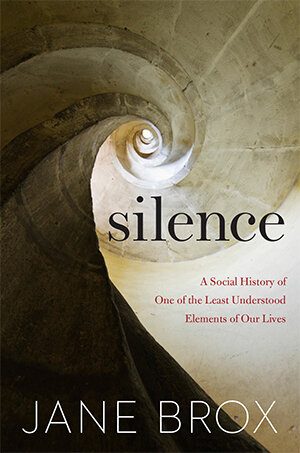Jane Brox
author and college professor; her 5th book was selected as an Editors’ Choice by the New York Times Book Review and received the 2020 Maine Literary Award for Nonfiction; previous book named one of top ten nonfiction books of 2010 by Time magazine; finalist for the National Book Critics Circle Award; winner of L.L. Winship/PEN New England Award, New England Book Award, and grants from John Simon Guggenheim Foundation, the National Endowment for the Arts, the Massachusetts Cultural Council, and the Maine Arts Commission
The penitentiary isn’t as old as it feels. Construction began in 1822, with the intent of providing for the separate and silent incarceration of housebreakers, forgers, highway robbers, horse thieves, and murderers from the eastern counties of Pennsylvania. Not only were prisoners to remain in their individual cells for the duration of their sentences, but once they passed through the portal their isolation was to be nearly complete. The board of inspectors for Philadelphia’s prisons at the time called for “such an entire seclusion of convicts from society and from one another, as that during the period of their confinement, no one shall see or hear, or be seen or heard by any human being, except the jailer, the inspectors, or such other persons, as for highly urgent reasons may be permitted to enter the halls of the prison.”
from Silence: A Social History of One of the Least Understood Elements of Our Lives by Jane Brox (Houghton Mifflin Harcourt)

